PPT-WHAT DID WE DO…AND WHY?
Author : jane-oiler | Published Date : 2018-02-27
Project aim As the authority on Urbanites 1844 in full time work living in urban areas we wanted to get under the skin of 16 and 17 year olds those on the
Presentation Embed Code
Download Presentation
Download Presentation The PPT/PDF document "WHAT DID WE DO…AND WHY?" is the property of its rightful owner. Permission is granted to download and print the materials on this website for personal, non-commercial use only, and to display it on your personal computer provided you do not modify the materials and that you retain all copyright notices contained in the materials. By downloading content from our website, you accept the terms of this agreement.
WHAT DID WE DO…AND WHY?: Transcript
Download Rules Of Document
"WHAT DID WE DO…AND WHY?"The content belongs to its owner. You may download and print it for personal use, without modification, and keep all copyright notices. By downloading, you agree to these terms.
Related Documents

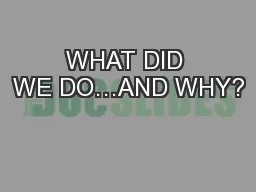
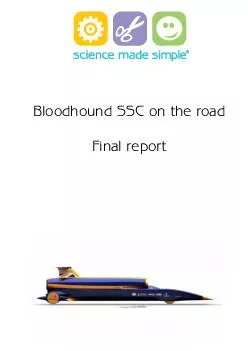
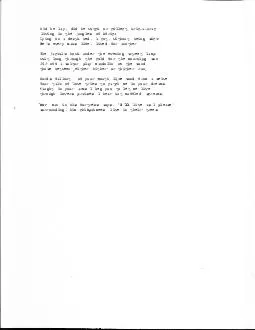
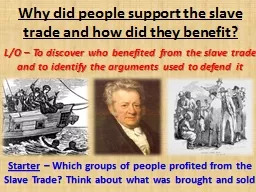
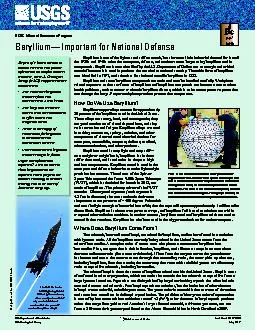
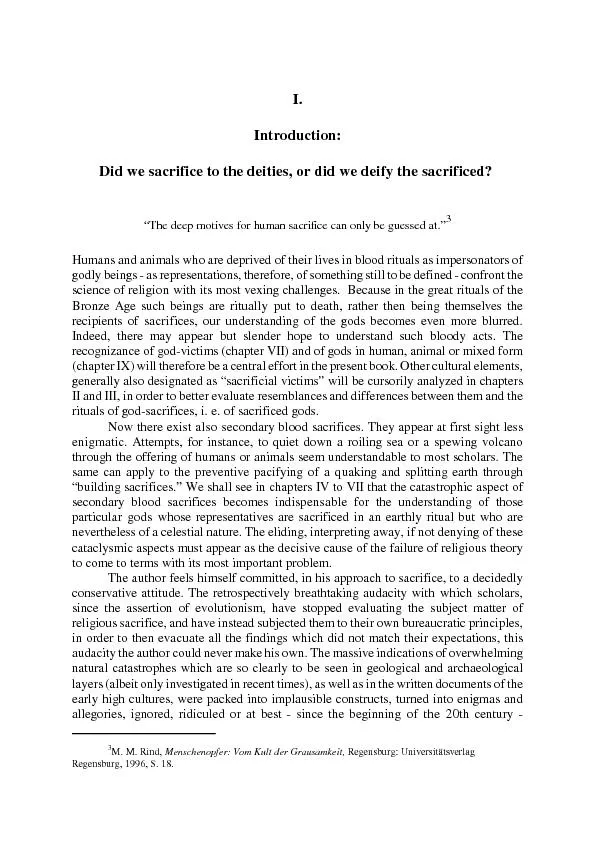
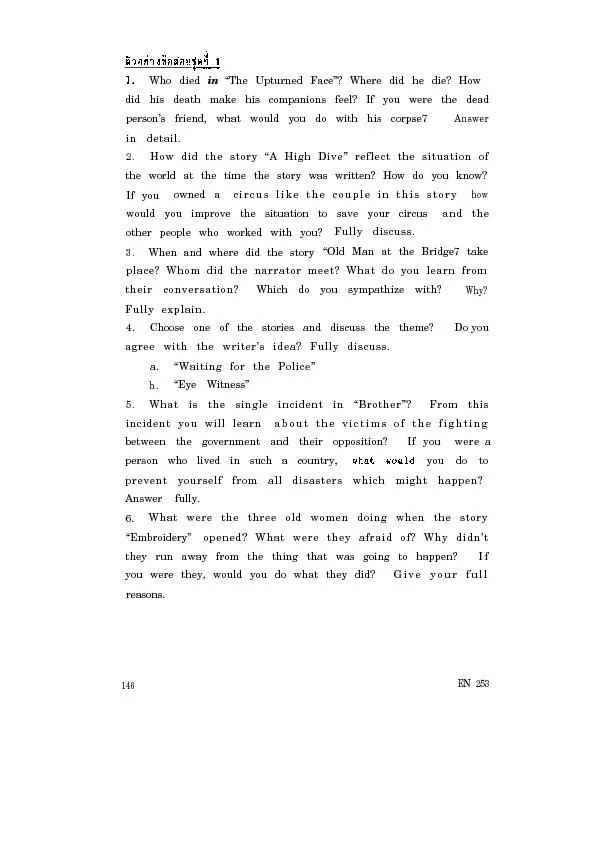
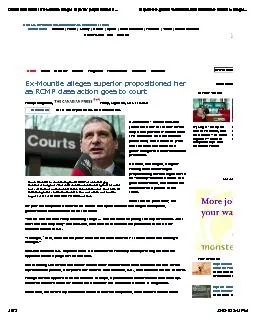
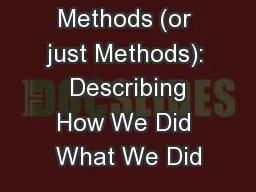
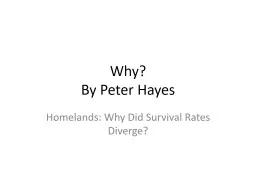
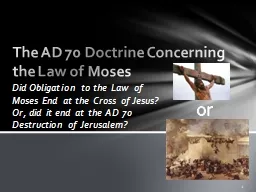
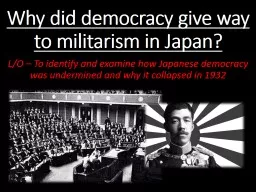
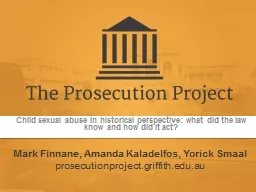
![[BOOK]-Status: Why Is It Everywhere? Why Does It Matter?: Why Is It Everywhere? Why Does](https://thumbs.docslides.com/956296/book-status-why-is-it-everywhere-why-does-it-matter-why-is-it-everywhere-why-does-it-matter.jpg)